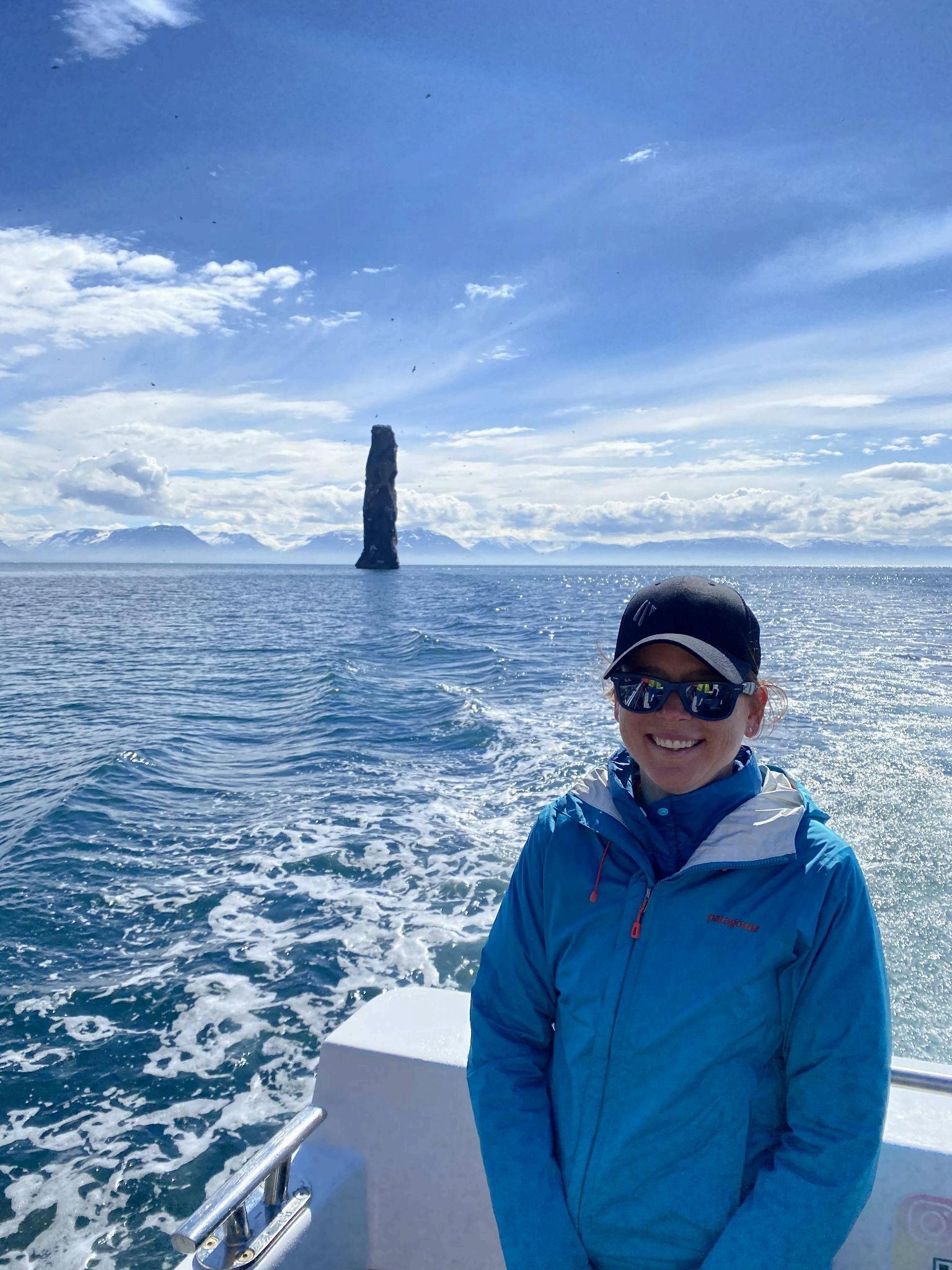Echoes of Antiquity: Ancient Civilizations
by Alison Schrag

Alison Schrag suggests that at first light among Nile reeds, a traveler might hear ibis wings and picture scribes dipping reeds in ink Ancient civilizations still speak in images like this, inviting us to imagine rhythms that shaped empires and quiet towns. Archaeology translates those rhythms into stories Brick by brick, shard by shard, researchers reveal kitchens and workshops, docks and markets, and ritual spaces where communities asked the sky for rain Such details humanize the past and make ruins feel lived in. We meet potters and sailors, midwives and masons, and realize that innovation often began with small hands, simple tools, and patient habit
Consider Mesopotamia, the fertile corridor between the Tigris and Euphrates City walls rose from sunbaked mudbrick, while administrators tracked grain on clay tablets pressed by stylus. Ziggurats lifted temples above floodplains, canals stitched fields into green quilts, and market cries mingled with the clink of copper ingots. Lapis traveled from distant mountains, beer cooled in jars, and stories wrestled with chaos and order. Early legal codes organized neighbors, reminding us that law is as old as the crowd Cuneiform turned memory into a durable archive, preserving contracts, hymns, recipes, and the stubbornly human wish to explain the storm.

Far to the west, Egypt polished eternity into stone Pyramids stand like geometric prayers, yet life along the river flowed in more modest ways. Barges carried barley and limestone, fields ripened with the faithful flood, and fishermen cast nets from reed boats House walls glowed with paintings of geese, lotus, and playful cats Artisans carved ushabti to serve the dead, while embalmers wrapped bodies into fragrant bundles for the long voyage beyond. Hieroglyphs paired image with sound, a poetic script gliding across tombs and pylons In these scenes, love of order and hope for renewal echo in every carefully colored feather
Across deserts and high passes, the Indus Valley was planned with astonishing order Streets met at right angles, drains ran beneath brick pavements, and standardized weights kept trade honest Seal stones show sleek unicorns and bulls, clues to a script that still teases scholars Storehouses guarded grain against lean seasons, workshops spun cotton into threads that crossed the sea, and wells offered cool relief in a hot season. Their urban elegance suggests civic values that prized cleanliness, fairness, and foresight Though voices are faint, the infrastructure speaks clearly about cooperation, measured abundance, and the quiet wisdom of building for tomorrow

In the eastern Mediterranean, Greeks debated virtue under olives, cast bronze heroes, and staged tragedies that probed fear and hope Democratic experiments sailed across perilous seas in triremes. Philosophers refined logic while mathematicians mapped geometry and tuned lyres to ratios Later, Rome gathered ideas and roads into a vast web of empire Aqueducts carried mountain water into bathhouses, forums buzzed with contracts, and legions stamped milestones across continents. Latin literature traveled alongside brickwork and law, shaping languages and courts These cultures built theaters for public voice and arches for imperial memory, proving that infrastructure and imagination often share a common foundation.
Farther across oceans, the Maya and Andean builders carved their own visions in stone Maya astronomer priests tuned pyramids to celestial cycles, recording dynasties on stelae and folding books In the Andes, terraced hillsides climbed like green stairways, guiding water across cliffs while fleet runners relayed messages along highland roads. In both regions, artisans coaxed beauty from jade, shell, and gold, weaving textiles that carried clan symbols and stories. Ritual calendars set the beat for planting, tribute, and renewal The intimacy of handwork and the precision of astronomy met in plazas where community, cosmos, and power negotiated their place

Trade braided these worlds together The Silk Road moved silk, spices, glass, and ideas between caravanserai, while coastal ships rode monsoon winds with a trustworthy rhythm With every exchange came borrowed gods, new crops, and techniques for pottery, weaving, and metalwork Today, travelers trace these routes through museums and ruins, meeting ancient faces in terracotta, portrait mummy panels, and chipped obsidian Sustainable tourism and community archaeology protect fragile sites, turning curiosity into stewardship. By learning from ancient resilience and mistakes, we refine choices on climate, equity, and technology, keeping the oldest lessons alive as guideposts for the uncertain roads ahead
